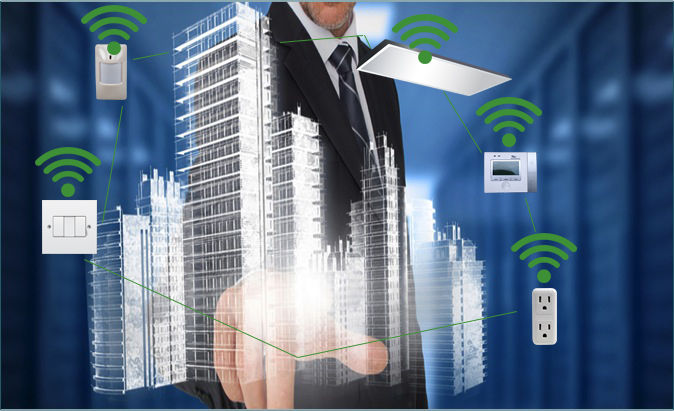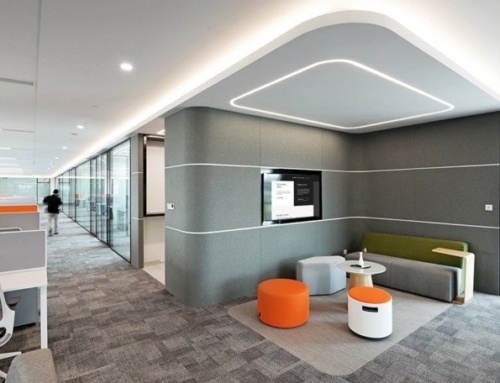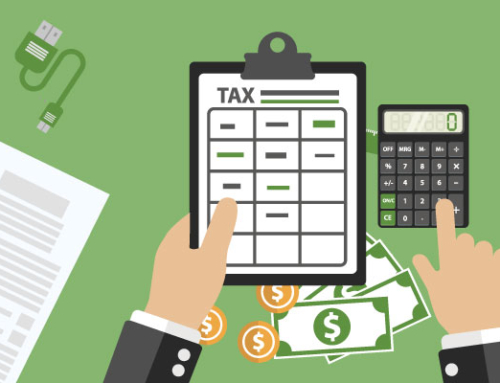Both landlords and tenants want to get the most from their TI allowance spend. Smart building features are one way to do that. The landlord gets an energy efficient building with lower utility costs and added value. The tenant gets a modern space with the high-speed Internet and lighting and temperature control amenities millennial job hunters love. Here are 5 smart uses of TI allowances…
Tenant improvement (TI) allowances have become a huge selling point for both landlords trying to attract tenants and companies looking to attract talent. The TI allowance is the dollar amount a landlord is willing to spend to retrofit or renovate a space to fit a tenant’s specific needs. It should be a focal point in any lease negotiation. It can save the tenant a considerable amount of out of pocket expenses when customizing the space to suit their needs.
In central business districts nationwide, the average TI package is roughly $30 to $50 per square foot. This number is growing year after year. In fact, between the years of 2013 and 2015, TI allowances nationwide went up 14.2%.
Landlords competing to attract (and retain) tenants are offering some high dollar TI packages to stay competitive. Tenants, however, need to be sure they’re getting the most from their TI allowance.
Smart building features are wins for both landlords and tenants. Smart buildings utilize automated processes to give occupants more control of heating and cooling, ventilation, lighting, and security systems. It’s also referred to as “future-proofing” an office space. For landlords, it’s a smart way to attract the next generation of tenants. For tenants, it gives them a space with modern office amenities that helps attract the best young employees.
Here are 5 smart uses of TI allowances:
High-Speed Wiring
You don’t want a sleek modern-looking workspace with an aggravatingly slow Wi-Fi connection. An investment in high-speed wiring immediately adds value to any space. It shows prospective tenants that the lifeline of their business communications (their data and voice infrastructure) will be lightning fast. It’s also the first step to making the building smart or intelligent.
Enabling Smart HVAC
Digital Variable Air Volume (VAV) applications coupled with a Building Management System (BMS) or Building Automation System (BAS) give occupants greater airflow and temperature control from room to room. Say goodbye to freezing workspaces or stuffy uncomfortable conference rooms with these highly popular smart HVAC technologies.
Soundproof Wi-Fi Enabled Phone Booths or Study Coves
Noise and acoustic distractions in communal workspaces are productivity killers. While open offices, with no divide between workers, are still popular, so are quiet areas. Tech-enabled phone booths are becoming a standard in modern TI build-outs. These are areas employees can retreat to for an important phone call or distraction-free work.
Intelligent Lighting Systems
Smart lighting benefits both building owners and occupants. Building managers benefit from improved energy efficiency and lower utility costs. Occupants benefit from no more headache-inducing static lighting and more control of work lighting via dimming controls, etc.
Maximizing Natural Light
Natural light can make any space much more inviting. Tenants today love a naturally lit work environment. Landlords should make the most from their existing window space and consider skylights or atrium areas in TI build-outs. If cubicles are a necessity, choose short frosted glass walls to maximize access to natural light. Smart buildings with smart blinds or electochromic glass will also increase value.






